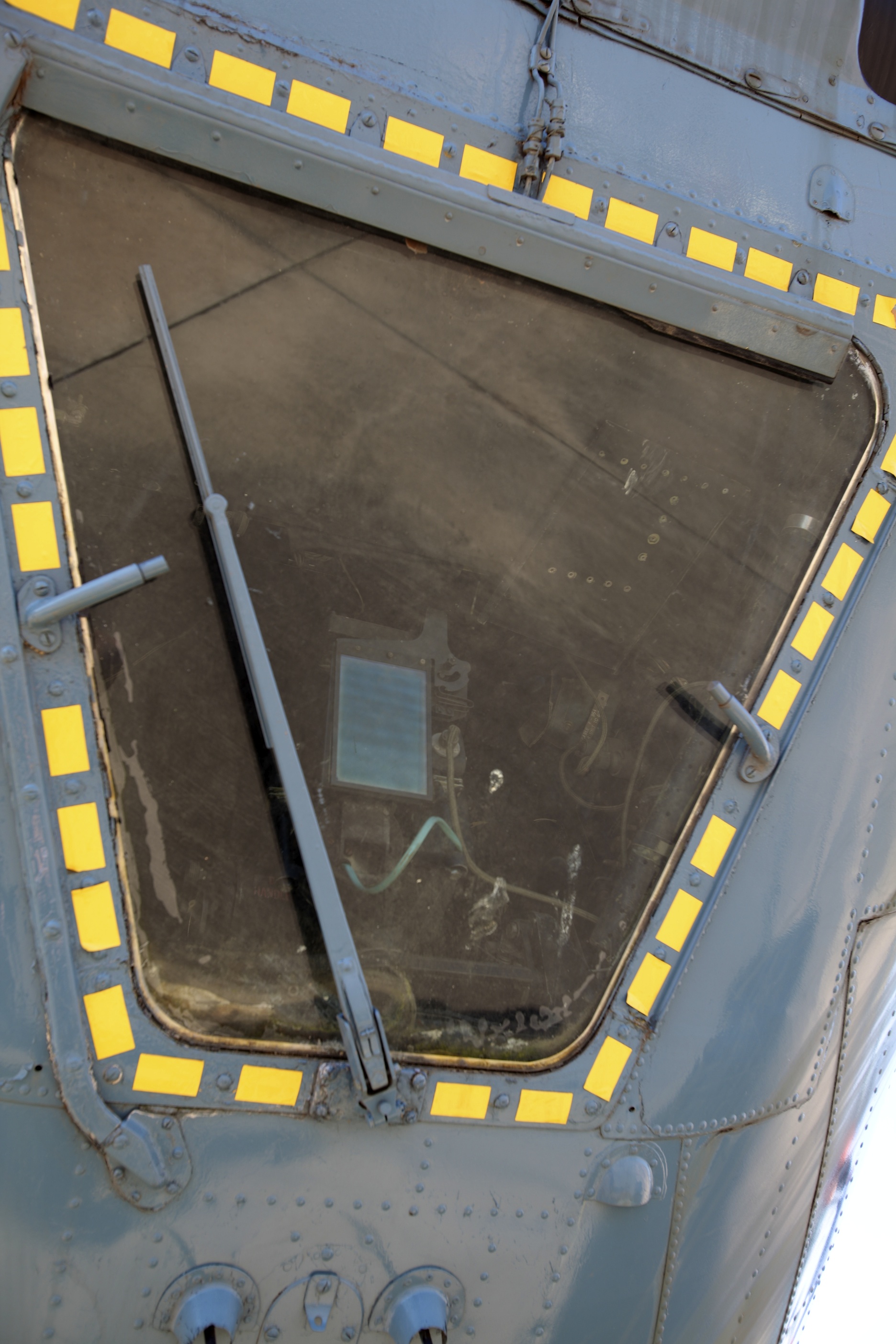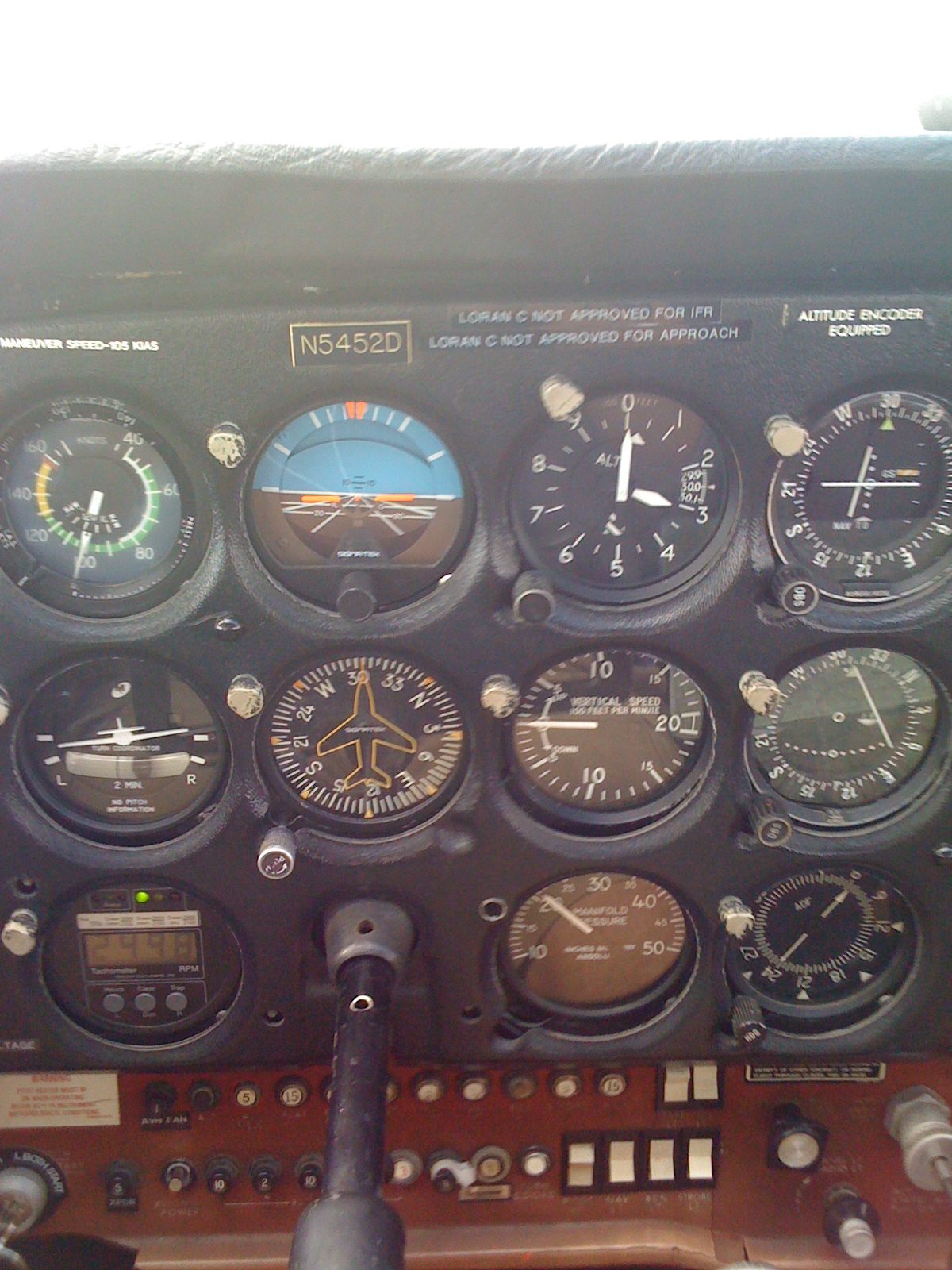|
Pilot Direction Indicator
A pilot direction indicator or pilot's directional indicator (PDI), Smithsonian Institution is an aircraft instrument used by bombardiers to indicate heading changes to the pilot in order to direct them to the proper location to drop bombs. The PDI is used in aircraft where the pilot and bombardier are physically separated and cannot easily see each other. PDI's typically consist of a dial that is installed in the pilot's instrument set on the main console, with an arrow pointer than can be moved to indicate how far and in what direction to correct the heading. The bombardier typically has a switch to move the pointer to the right or left, and a repeater dial so he can see the setting. The Norden bombsight The Norden Mk. XV, known as the Norden M series in U.S. Army service, is a bombsight that was used by the United States Army Air Forces (USAAF) and the United States Navy during World War II, and the United States Air Force in the Korean and t ... was originally designed wi ... [...More Info...] [...Related Items...] OR: [Wikipedia] [Google] [Baidu] |
Bombardier (air Force)
A bombardier or bomb aimer is the crew member of a bomber aircraft responsible for the targeting of aerial bombs. "Bomb aimer" was the preferred term in the military forces of the Commonwealth, while "bombardier" (from the French word for "bomb thrower" and similar in meaning to "grenadier") was the equivalent position in the United States Armed Forces. In many planes, the bombardier took control of the airplane during the bombing run, using a device such as the Norden bombsight which was connected to the autopilot of the plane. Often stationed in the extreme front of the aircraft, on the way to the target and after releasing the bombs, he could also serve as the front gunner in aircraft that had a front turret. In the latter part of the 20th century, the title of bombardier fell into disuse, due largely to changes in technology, emanating from the replacement of this manual function with the development of computerized technology and smart bombs, that has given rise to ter ... [...More Info...] [...Related Items...] OR: [Wikipedia] [Google] [Baidu] |
Bomb
A bomb is an explosive weapon that uses the Exothermic process, exothermic reaction of an explosive material to provide an extremely sudden and violent release of energy. Detonations inflict damage principally through ground- and atmosphere-transmitted mechanical stress (mechanics), stress, the impact and penetration of pressure-driven projectiles, pressure damage, and explosion-generated effects. Bombs have been utilized since the 11th century starting in East Asia. The term bomb is not usually applied to explosive devices used for civilian purposes such as construction or mining, although the people using the devices may sometimes refer to them as a "bomb". The military use of the term "bomb", or more specifically aerial bomb action, typically refers to airdropped, unpowered explosive weapons most commonly used by air forces and naval aviation. Other military explosive weapons not classified as "bombs" include shell (projectile), shells, depth charges (used in water), or lan ... [...More Info...] [...Related Items...] OR: [Wikipedia] [Google] [Baidu] |
Norden Bombsight
The Norden Mk. XV, known as the Norden M series in U.S. Army service, is a bombsight that was used by the United States Army Air Forces (USAAF) and the United States Navy during World War II, and the United States Air Force in the Korean and the Vietnam Wars. It was an early tachometric design that directly measured the aircraft's ground speed and direction, which older bombsights could only estimate with lengthy manual procedures. The Norden further improved on older designs by using an analog computer that continuously recalculated the bomb's impact point based on changing flight conditions, and an autopilot that reacted quickly and accurately to changes in the wind or other effects. Together, these features promised unprecedented accuracy for daytime bombing from high altitudes. During prewar testing the Norden demonstrated a circular error probable (CEP) of , an astonishing performance for that period. This precision would enable direct attacks on ships, factories, and oth ... [...More Info...] [...Related Items...] OR: [Wikipedia] [Google] [Baidu] |
Aircraft Instruments
Flight instruments are the instruments in the cockpit of an aircraft that provide the pilot with data about the flight situation of that aircraft, such as altitude, airspeed, vertical speed, heading and much more other crucial information in flight. They improve safety by allowing the pilot to fly the aircraft in level flight, and make turns, without a reference outside the aircraft such as the horizon. Visual flight rules (VFR) require an airspeed indicator, an altimeter, and a compass or other suitable magnetic direction indicator. Instrument flight rules (IFR) additionally require a gyroscopic pitch-bank (artificial horizon), direction (directional gyro) and rate of turn indicator, plus a slip-skid indicator, adjustable altimeter, and a clock. Flight into instrument meteorological conditions (IMC) require radio navigation instruments for precise takeoffs and landings. The term is sometimes used loosely as a synonym for cockpit instruments as a whole, in which context it ca ... [...More Info...] [...Related Items...] OR: [Wikipedia] [Google] [Baidu] |


